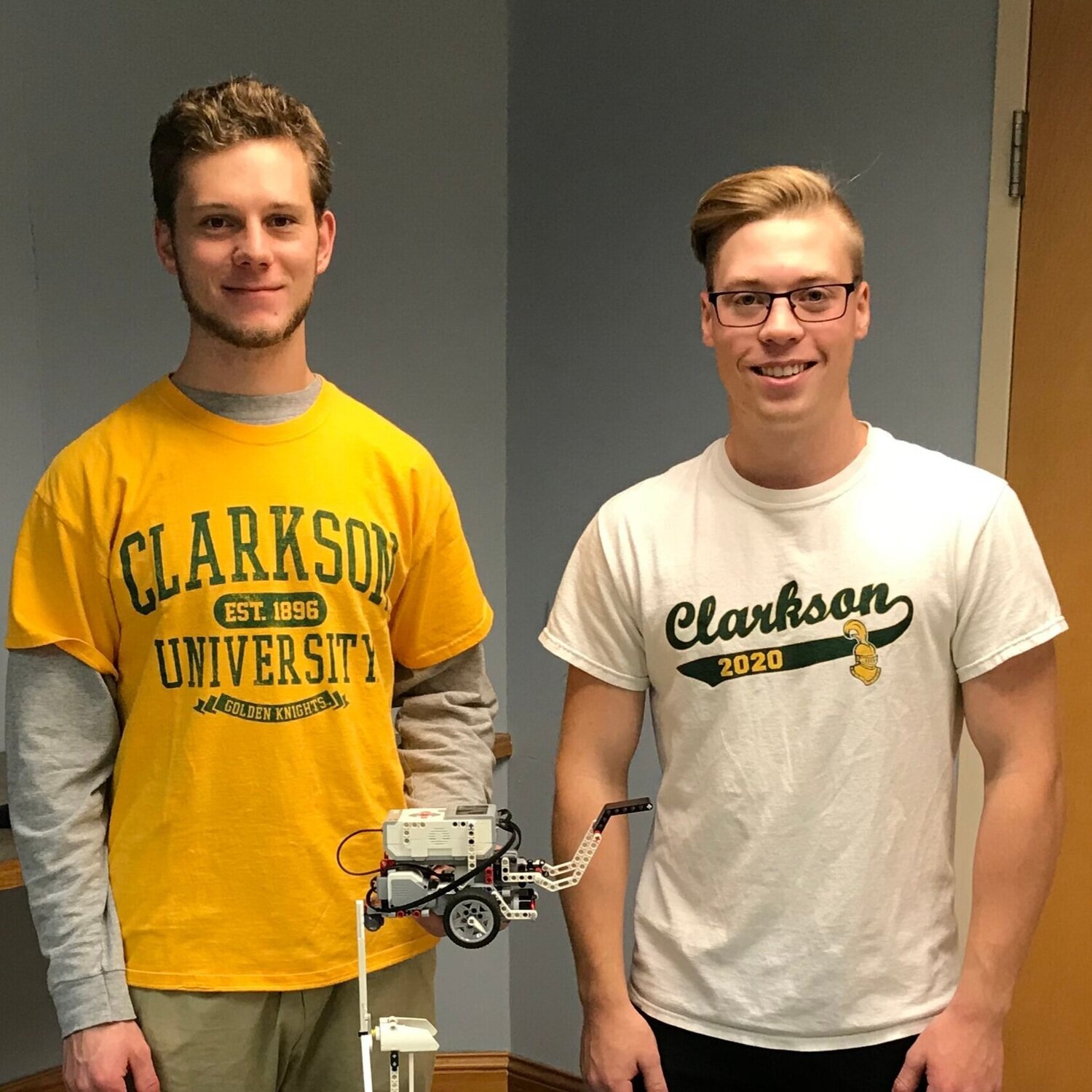Clarkson University & St. Joseph’s Partner, to Provide Robotics Instruction to Rose Hill Residents
Clarkson’s Ted Oulundsen and Luke Gries met with three Rose Hill residents to build and code (program) robots utilizing LEGO’s Green City Robotics, a program in which students learn about robotics and sustainable living by building and programming robots to complete a variety of tasks in an imaginary community.
Walmart recently announced the expanded roll out of several technologies ranging from in-store pickup towers to help customers quickly grab their online orders, inventory shelf scanners, inventory stockers, and floor-scrubbing robots. These jobs were, in many cases, previously handled by people instead of machines.
In Dubai, home of some of the largest skyscrapers in the world, robots now routinely scale the tall buildings’ walls to clean windows.
And, this year, at the nation’s largest convention, World of Concrete, held in Las Vegas, a robotic brick layer was unveiled that can be programmed to build walls, complete with openings for windows and doors, in a fraction of the time it takes a team of humans to perform the same task.
As robotics and artificial intelligence become more common place, it’s becoming increasingly important for today’s high school students to become educated in new technologies in order to remain relevant in the workforce.
And, thanks to a partnership with Clarkson University‘s, Wallace H. Coulter School of Engineering, selected residents at St. Joseph‘s Rose Hill Adolescent Addiction Treatment Program now meet Tuesday afternoons from 3:00 to 5:00 pm with Clarkson mechanical engineering students to gain exposure to building and programming robots.
This week, Clarkson’s Ted Oulundsen and Luke Gries met with three Rose Hill residents to build and code (program) robots utilizing LEGO’s Green City Robotics, a program in which students learn about robotics and sustainable living by building and programming robots to complete a variety of tasks in an imaginary community.
“(Clarkson’s goal) is to provide exposure to this type of learning,” explains Luke. “It’s a very simple way for the residents to learn about changing technologies in their worlds.”
With support from the Clarkson team, the residents have, over a period of weeks, constructed small robots and are learning the arcane language of coding. “We use Lego Mindstorm,” Ted shares, “which provides an easy-to-learn programming model, but has a powerful program called LabVIEW (which is systems engineering software for applications that require test, measurement, and control with rapid access to hardware and data insights) running in the background.
During Tuesday’s session, the residents successfully programmed their robots to deliver a solar panel to a LEGO model home, and open the flood gates of the Green City’s dam.
Upon the successful completion of one of the tasks, a resident explained, “This is a great program because it makes use of critical thinking, teamwork, and is giving us a good sober activity.”
All of these are particularly important qualities of St. Joseph’s and Clarkson’s new partnership, as in a recent 60 Minutes interview, Kai Fu Lee, an artificial intelligence expert and venture capitalist, believes that “40% of the world’s jobs will be replaced by robots capable of automating tasks, and that both blue collar and white collar professions will be affected.”

